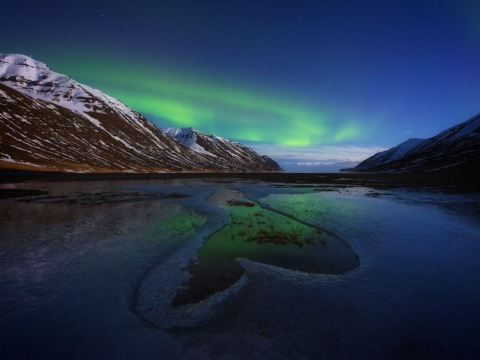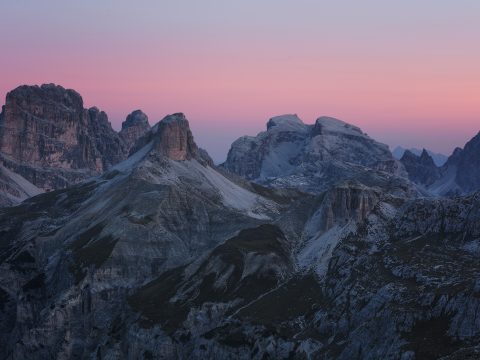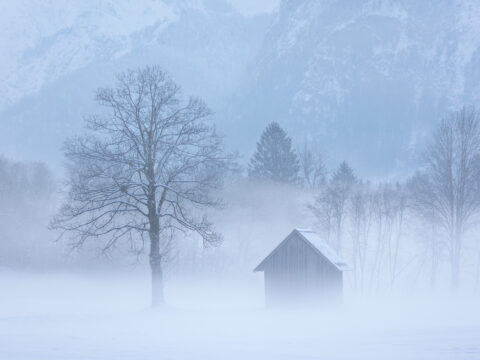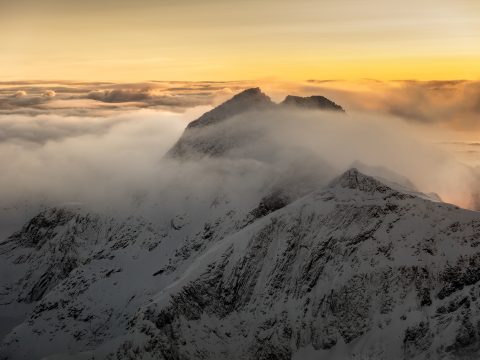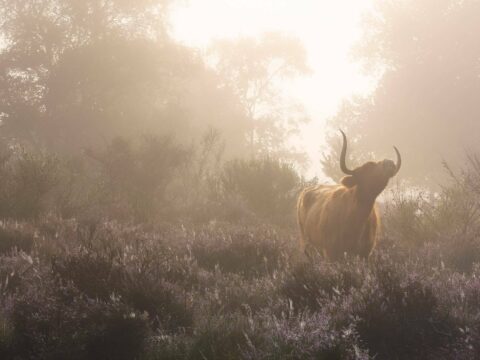In comparison, the next image is an example of filling the frame. This involves placing compositional elements within the confines of your image in such a way that they take up the majority of the space. The result is that there is much more for the eye to see and the brain to interpret.
The key to filling the frame is to have a good understanding of the principles of composition. Think about how your compositional elements relate to each other and how they’ll contribute to the overall image.
Is there a visual path that enables the eye to move on a journey throughout the frame? Or is it so cluttered that it’s impossible to make out the subject?
Make sure that there is enough breathing room in the frame to define each element.





